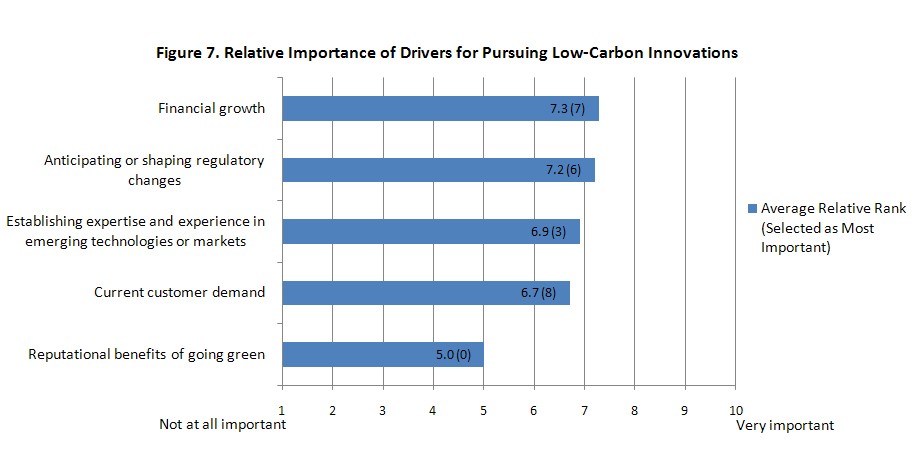The High Cost Of Equal Weighting
Post on: 15 Июнь, 2015 No Comment

In smart-beta investing, implementation matters.
Equal-weight indices have two clear advantages: They are easy to understand, and they generally outperform cap-weight indices over the long term. Their drawbacks are less apparent. They have higher turnover due to rebalancing than other smart beta strategies, and that turnover includes buying and selling lower-liquidity stocks. Our market impact model demonstrates that, as global assets under management increase, implementation costs tend to rise faster in equal-weight than in fundamentally weighted strategies. This article summarizes what we have learned about the relative performance of equal-weight indices before and after implementation costs.
The very first index fund, created by Wells Fargo in 1970, equal-weighted the stocks in the NYSE index. But it didn’t last very long. The process of trading stocks to maintain equal weights was too time consuming and costly. 1
That historical outcome might surprise modern investors. Consider, however, that until 1975 the brokerage commissions were set by NYSE (even for institutional trading), and they were 10–15 times higher than they are today (Eisenach and Miller, 1981). In addition, computers were just emerging on Wall Street, and the effort involved in making them work often exceeded any benefits they offered. Because equal weighting was impractical in those times, capitalization weighting—a buy-and-hold strategy for index investing—became the predominant industry standard.
By the 1990s, however, major index providers started offering equal-weight versions of certain indices. In the past decade, the range of equal-weight indices increased, and ETFs and other investable vehicles linked to these indices came to market. More than 40 years after the first attempt, equal weighting finally took off as a viable approach to index investing.
It might seem that an investment strategy as incredibly simple as equal weighting couldn’t possibly offer anything of interest to sophisticated investors. But equal weighting should not be dismissed so quickly. Without a material increase in risk, the equal-weight strategy robustly outperforms the traditional cap-weight benchmark on a gross basis.
If equal-weighted strategies are not only easy to understand but also provide better risk-adjusted returns than cap-weighted indices, why should anyone bother with a more complicated smart beta strategy such as a fundamentally weighted index? For two reasons: A fundamentally weighted index outperforms its equally weighted counterpart before accounting for costs; and it also has lower implementation costs. In addition to reviewing simulated performance records, we will describe the mechanism that drives the returns of both smart beta strategies, and we will explain why selecting and weighting stocks on the basis of fundamentals uses the mechanism more efficiently.
Both fundamental and equal-weight strategies owe their attractive performance to the noise in prices—the fact that stocks are often mispriced—and the tendency for stock prices to reverse direction and head back toward their long-term averages. Stocks that are temporarily overpriced automatically receive a higher weight in the cap-weighted benchmark; conversely, stocks that are temporarily underpriced are given a lower weight. This internal dynamic causes a performance drag for the cap-weight strategy: it overweights expensive stocks, magnifying the adverse return impact when their prices revert toward the mean, and it underweights cheap stocks that may be poised to rise in price.














